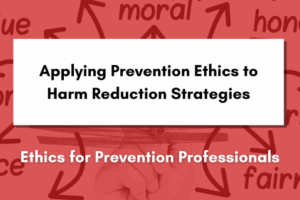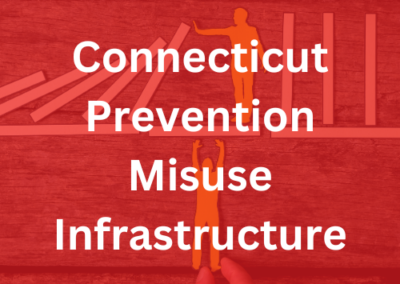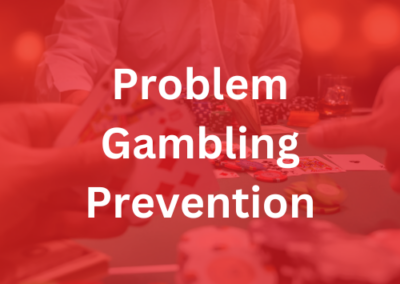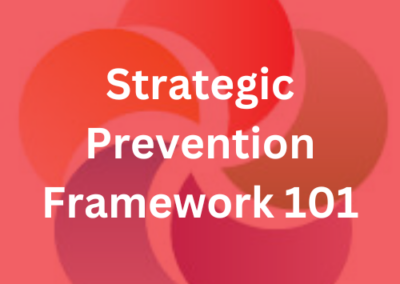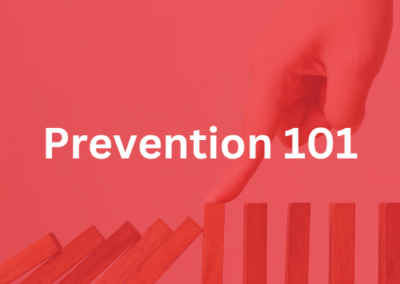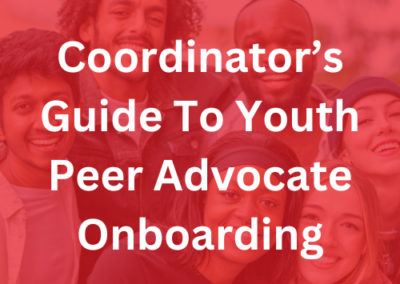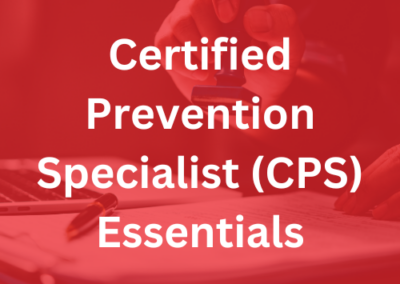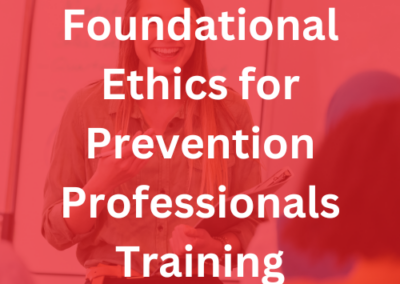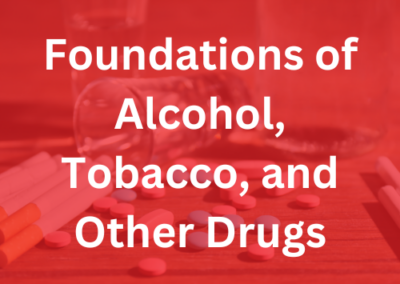Overview
The two-part course helps prevention professionals integrate harm reduction principles into their practice while navigating ethical dilemmas. Part 1 covers harm reduction foundations, evidence, and Connecticut’s legal landscape. Part 2 applies the D.E.C.I.D.E. ethical decision-making model to real scenarios involving naloxone distribution, fentanyl test strips (FTS), confidentiality, and coalition challenges.
Each part is equipped with a learning module and a knowledge check to ensure a deep grasp of the material. By completing each lesson, you will earn 0.75 Continuing Education Units (CEUs).
Course Highlights
- Part 1:This course introduces prevention professionals to harm reduction principles and their alignment with prevention ethics. Participants will explore the six core principles of harm reduction—pragmatism and realism, human rights and dignity, non-judgmental care, focus on reducing harm, empowerment and participation, and evidence-based practice. The course examines Connecticut’s harm reduction landscape, including overdose data, naloxone distribution, syringe services programs, and fentanyl test strip legalization. Learners will understand how harm reduction and prevention are complementary rather than competing approaches, both essential for comprehensive community health responses.
- Part 2: This course provides prevention professionals with a structured framework for navigating ethical dilemmas that arise when integrating harm reduction into prevention practice. Participants will learn the D.E.C.I.D.E. model—a six-step process for ethical decision-making that helps professionals define problems, establish criteria, consider alternatives, identify best options, develop implementation plans, and evaluate outcomes. Through two detailed case scenarios, learners will apply this model to realistic challenges including naloxone distribution at community events, fentanyl test strip provision in youth settings, confidentiality concerns, documentation requirements, organizational tensions, and partner communication. The course emphasizes balancing multiple stakeholder needs, maintaining ethical practice under pressure, and making defensible decisions that reduce harm while preserving professional integrity.
Course Objectives
Part 1 Objectives:
-
Define the six core principles of harm reduction — pragmatism and realism, human rights and dignity, non-judgmental care, focus on reducing harm, empowerment and participation, and evidence-based practice.
-
Explain how harm reduction aligns with the ethical principles guiding prevention practice.
-
Describe the current harm reduction landscape in Connecticut, including naloxone distribution, syringe services programs, fentanyl test strip legalization, and overdose data trends.
-
Differentiate between harm reduction and prevention approaches while identifying their complementary roles in promoting public and community health.
-
Recognize the importance of integrating harm reduction strategies within prevention frameworks to enhance ethical, compassionate, and effective community-based interventions.
Part 2 Objectives:
-
Explain the D.E.C.I.D.E. ethical decision-making model and its six key steps for addressing ethical dilemmas in prevention and harm reduction settings.
-
Apply the D.E.C.I.D.E. model to real-world case scenarios involving naloxone distribution, fentanyl test strip provision, confidentiality, and organizational or community-based challenges.
-
Identify strategies to balance competing stakeholder needs while maintaining professional integrity and ethical consistency.
-
Analyze complex ethical situations using a structured, defensible framework to ensure accountability and transparency in decision-making.
-
Demonstrate how ethical reasoning supports harm reduction implementation within prevention practice, promoting both individual and community well-being.
2 Lessons
2 Knowledge Checks
1.5 Continuing Education Units
Check out the Included Lessons
This course equips participants with essential knowledge and actionable strategies to prevent problem gambling, address its co-occurrence with mental health and substance use disorders, and strengthen community prevention efforts using Connecticut-specific and national resources.
More Related Courses
- All
- Certified Prevention Specialist (CPS) Essentials
- Connecticut Prevention Misuse Infrastructure
- Coordinator's Guide to YPA Onboarding
- Foundational Ethics for Prevention Professionals Training
- Foundations of Alcohol, Tobacco, and Other Drugs
- Fundamentals of Meeting Management
- Prevention 101
- Problem Gambling Prevention
- Strategic Prevention Framework 101


